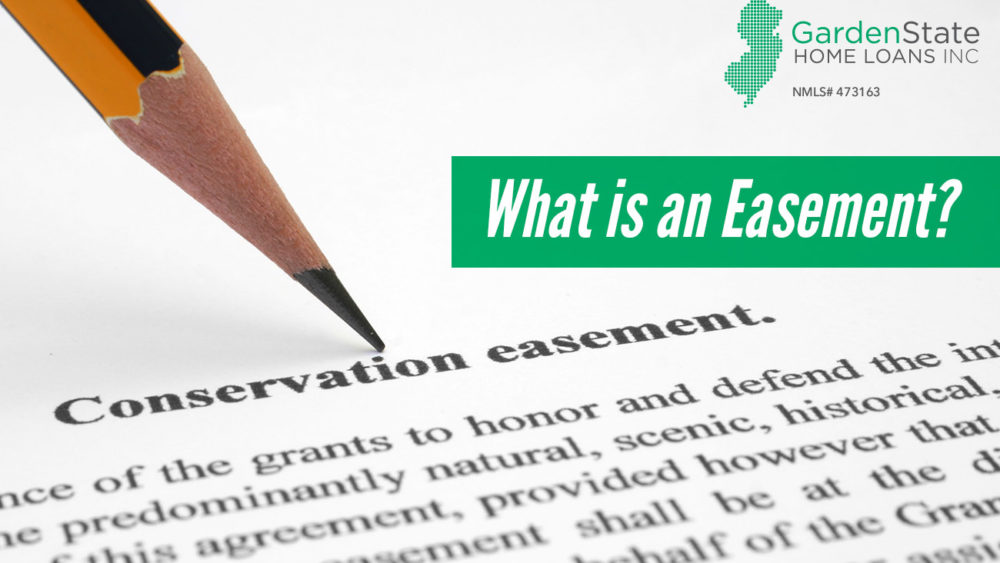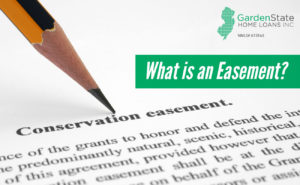What is an Easement?
An easement is a property right that gives a holder nonpossessory interest in someone else’s land. More simply, it is the right to the use of/access to the land owned by another. Most easements are affirmative, meaning that they involve the preservation of a person’s access to light or view by limiting what can be done on neighboring properties. Land that has an easement on it is called a servient estate. The land or person benefitted by the easement is called the dominant estate.
How is an easement created?
An easement is usually created by some sort of written document, such as a will or contract, or by a conveyance in a deed. An easement requires a written instrument, signatures, and proper delivery of the document. There are two common forms of easements: an easement of necessity and an easement implied from quasi-easements. Easements of necessity typically provide access to landlocked pieces of land. Easements implied from quasi-easements are based on the landowner’s prior use of their property. This is for the benefit of another portion of their land.
What rights does an easement give you?
Anyone who holds an easement has the right to do anything reasonably convenient or necessary to enjoy the purposes for which the easement was granted. The owner of the servient land may use the land as long as it does not interfere with the easement holder’s use of the land.
What happens if there is an unreasonable use of the easement?
A court order may be issued to restrict the dominant owner to use the easement. There may also be an issuance of monetary payments should the easement holder exceed the extent of their rights on the easement. Finally, if there is an unreasonable use of the easement, the easement agreement can be extinguished.
An easement may be terminated when the person who owns the dominant estate purchases a servient estate. It may also be terminated when the holder releases their rights to the plot of land. This must be done in writing.
What else to consider
Generally, courts assume that once an easement is created, it will last forever, unless otherwise stated in the document creating the easement. Temporary easements are generally used to provide access to an estate during construction work.



Comments are closed.